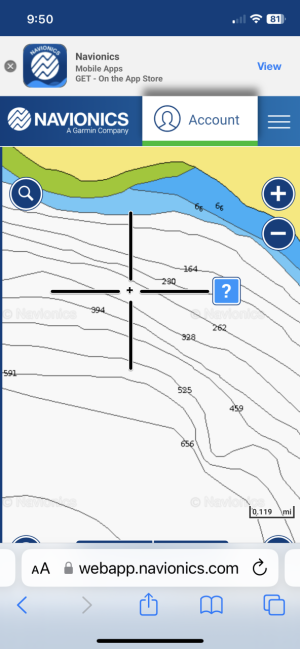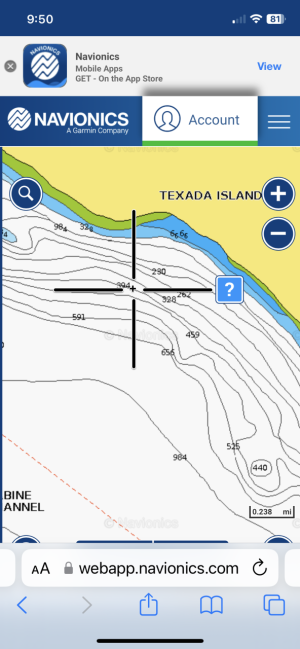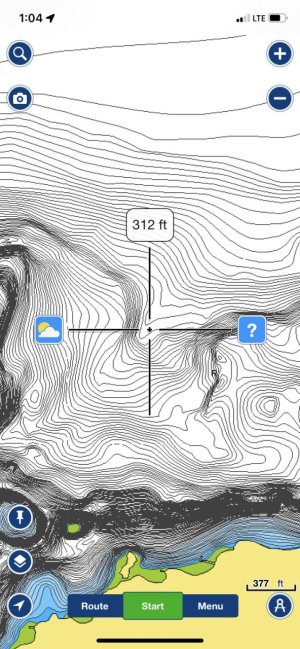Salish Seadog
New Member
There's so much information here but I searched and didn't specifically find anything.
I'm wondering if you guys can post chart photos of the kind of structure to look for setting prawn traps and where exactly you're trying to hit when you set them? I've read and read and read about steep drop off onto a bit of a shelf, 220+ ft give or take time of year and area but I'm just not having consistent luck. I do "okay" prawning but other people will limit out in generally the same area or some of my traps will have only a few vs others doing better and I'm not sure what I'm doing wrong. Setting uphill vs downhill? Across? Weights in the wrong spot?
I'm not looking for any secret spots or identifying marks on the pics. Just looking for what I should be looking for. I'm fishing in Campbell River area if it helps.
I'm wondering if you guys can post chart photos of the kind of structure to look for setting prawn traps and where exactly you're trying to hit when you set them? I've read and read and read about steep drop off onto a bit of a shelf, 220+ ft give or take time of year and area but I'm just not having consistent luck. I do "okay" prawning but other people will limit out in generally the same area or some of my traps will have only a few vs others doing better and I'm not sure what I'm doing wrong. Setting uphill vs downhill? Across? Weights in the wrong spot?
I'm not looking for any secret spots or identifying marks on the pics. Just looking for what I should be looking for. I'm fishing in Campbell River area if it helps.




